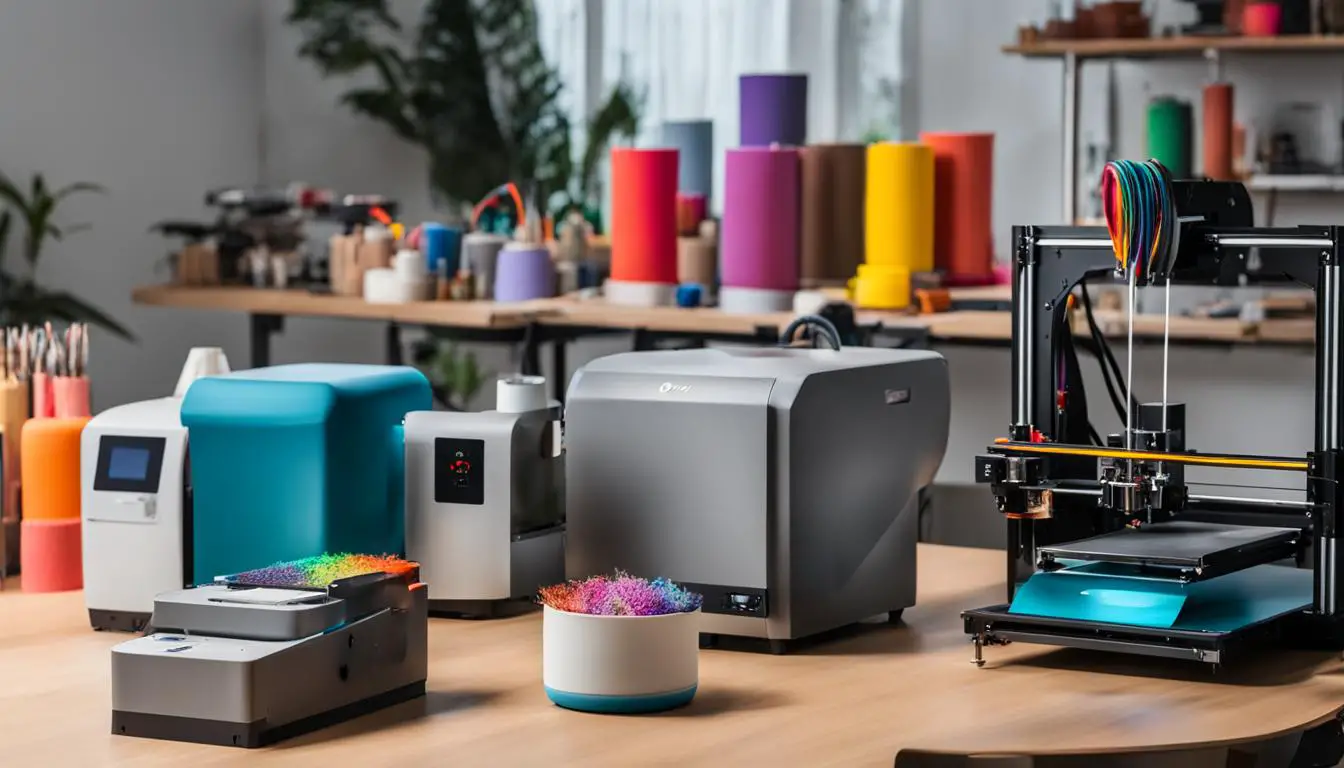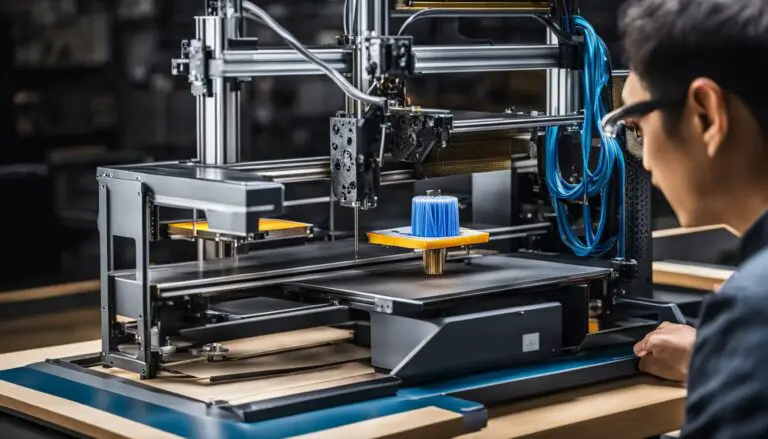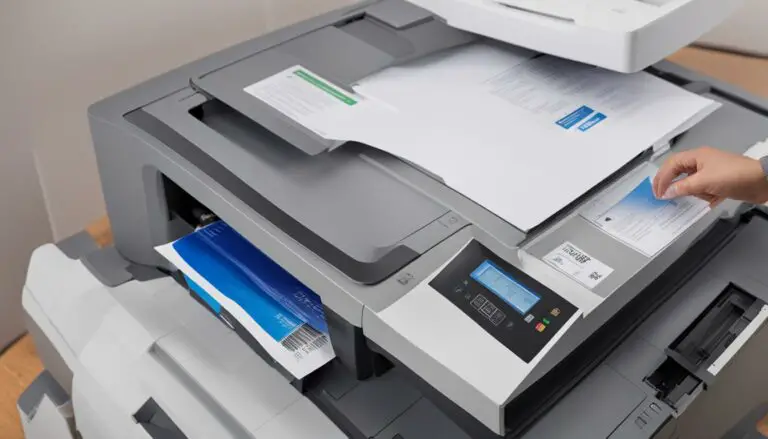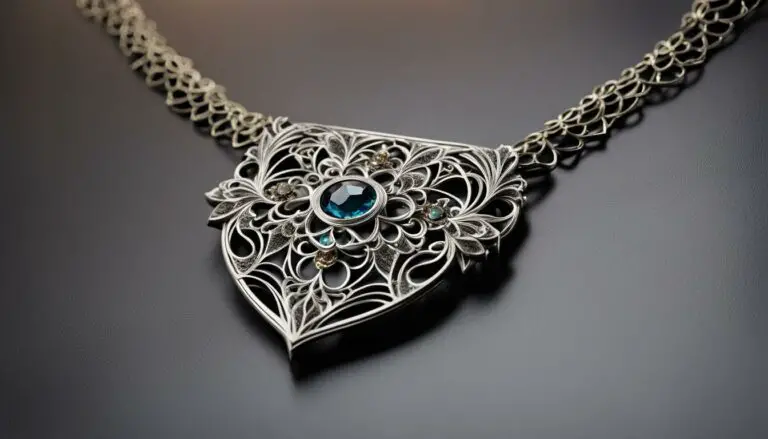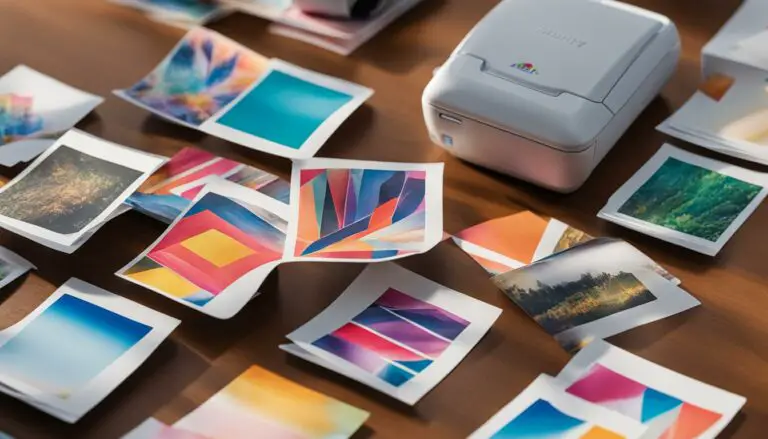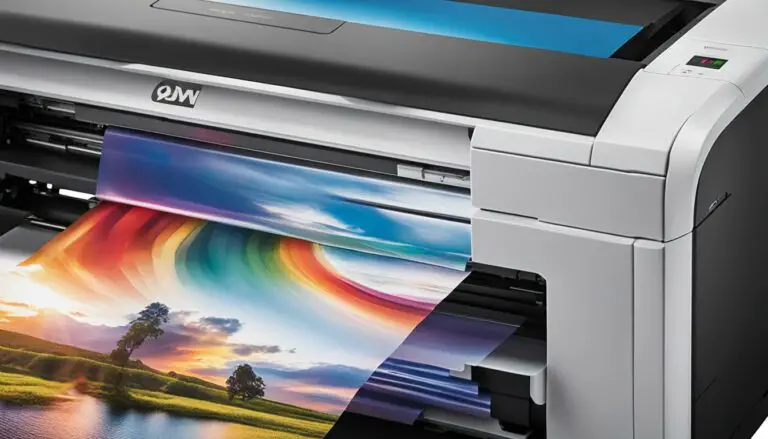Unlock Your Creativity with Clay 3D Printers
Originally posted on November 17, 2023 @ 1:34 pm
3D printing has had a significant impact on the art world, providing artists with endless opportunities to turn their visions into reality. The introduction of clay 3D printers has opened up a new realm of creativity and allowed for the expansion of ceramic art boundaries. Whether you are a skilled sculptor or a passionate enthusiast, the use of clay 3D printing offers a wealth of options for crafting intricate patterns, one-of-a-kind pottery, and breathtaking sculptures.
Clay 3D printers, also known as ceramic 3D printers, utilize additive manufacturing technology to transform digital designs into tangible works of art. By layering successive layers of clay, these printers enable you to create complex and detailed pieces that were once difficult or time-consuming to accomplish by hand.
From clay pottery printers to clay modeling with 3D printers, this innovative technology empowers artists to experiment with different forms, textures, and shapes. Whether you’re sculpting a masterpiece or prototyping a new ceramic creation, clay 3D printers offer unmatched precision, efficiency, and versatility.
Key Takeaways:
- Clay 3D printers revolutionize the art industry, offering new creative possibilities.
- Additive manufacturing technology allows artists to transform digital designs into tangible ceramic art.
- Clay 3D printers provide precision, efficiency, and versatility for sculpting and prototyping.
- Explore the world of clay additive manufacturing and unlock your creativity today!
Impact of 3D Printing on Art
3D printing is redefining traditional processes in the art world, unlocking new creative frontiers for artists. With its ability to materialize complex designs, 3D printing allows artists to bring their ambitious ideas to life, regardless of complexity. The technology is breaking down the barriers imposed by traditional art mediums, enabling artists to explore innovative forms and structures that were once unimaginable.
One of the significant impacts of 3D printing in art is the birth of new art forms. Kinetic sculpture, for example, integrates moving elements into the design, creating mesmerizing and interactive pieces that captivate viewers. This fusion of technology and art not only challenges conventional notions of sculpture but also pushes the boundaries of artistic expression.
3D printing in art allows artists to transcend the limitations of traditional materials and techniques, enabling them to experiment and innovate like never before.” – Jane Adams, Art Critic
Furthermore, 3D printing plays a vital role in the preservation of cultural heritage. By recreating delicate artifacts and endangered artworks, 3D printing allows for their conservation and wider accessibility. This technology enables museums and institutions to share replicas of rare and fragile pieces with the public, ensuring that important cultural artifacts are not lost to time.
| Impact of 3D Printing on Art | Examples |
|---|---|
| Redefinition of traditional processes | Integration of 3D printing in traditional sculpting techniques |
| Unlocking new creative frontiers | Exploration of innovative forms and structures |
| Preservation of cultural heritage | Recreation of endangered artifacts and artworks |
In conclusion, 3D printing has a profound impact on the art world, enabling artists to redefine traditional processes, unlock new creative frontiers, and embrace technology as a tool for artistic expression. The ability to materialize complex designs, birth new art forms, and preserve cultural heritage showcases the transformative power of 3D printing in art. As this technology continues to evolve, we can expect even more exciting possibilities and innovations in the intersection of art and technology.
Selecting the Right 3D Printer for Art
When it comes to selecting a 3D printer for art, there are several factors you should consider to ensure you choose the right one for your specific needs. One of the first things to consider is the type of 3D printing technology that best suits your artistic endeavors. Two popular options for artists are fused deposition modeling (FDM) and stereolithography (SLA).
Fused Deposition Modeling (FDM): FDM printers are known for their affordability and ease of use, making them a great choice for beginners in the world of 3D printing art. These printers work by extruding melted filament layer by layer to build up the final 3D object. They are versatile and can handle a wide range of materials, including various types of plastics and even some composite materials.
Stereolithography (SLA): SLA printers offer superior detail and surface finish, making them perfect for artists who require intricate designs and high-quality results. These printers use a liquid resin that is cured layer by layer using a UV light source. The resulting prints have smooth surfaces and fine details, making them ideal for creating visually stunning art pieces.
Once you’ve chosen the type of 3D printing technology that suits your artistic vision, there are other specifications to consider. The build volume of the printer determines the maximum size of the objects you can create, so make sure it aligns with the scale of your artwork. The layer resolution refers to the thickness of each layer that the printer can produce, and a lower layer resolution results in finer details. Additionally, consider the print speed of the printer as it can impact the time it takes to complete your projects.
| Printer | Type | Build Volume | Layer Resolution |
|---|---|---|---|
| Printer 1 | FDM | 200mm x 200mm x 200mm | 0.1mm |
| Printer 2 | SLA | 150mm x 150mm x 150mm | 0.05mm |
| Printer 3 | FDM | 300mm x 300mm x 400mm | 0.2mm |
Remember, selecting the right 3D printer for your art is crucial to achieving the desired results. Take the time to research and compare different models, read user reviews, and consider your specific artistic needs before making a purchase. With the right 3D printer by your side, you can unlock endless creative possibilities and bring your artistic visions to life in three-dimensional form.
How to Use a 3D Printer for Art
Using a 3D printer for art opens up a world of possibilities for artists to bring their imagination to life in three-dimensional form. Whether you want to create sculptures, jewelry, or intricate designs, understanding the 3D printing workflow is essential to achieve the desired results.
Designing 3D Models
The first step in using a 3D printer for art is to design your 3D models. You can use software like Blender or Tinkercad to create your designs. These software tools provide a range of tools and features that allow you to unleash your creativity and bring your ideas to life on a digital canvas. Explore different design techniques, experiment with shapes and textures, and let your artistic vision guide you.
Once you have created your 3D model, it’s time to prepare it for printing using slicing software.
Slicing Software and Print Settings
Slicing software is a crucial component of the 3D printing workflow. This software takes your 3D model and converts it into a series of layers that the 3D printer can understand. It allows you to adjust various print settings such as print speed, layer height, and support structures.
When using slicing software, consider the level of detail you want to achieve in your print, the material you are using, and the complexity of your design. Experiment with different settings to find the perfect balance between speed, quality, and print time. It’s also important to ensure that your printer is properly calibrated to achieve accurate and high-quality prints.
Post-Processing and Finishing Touches
Once your print is complete, some post-processing may be required to achieve the desired finish. This can include removing support structures, sanding the surface, or applying a coat of paint or varnish. Post-processing is an important step in the 3D printing workflow as it enhances the aesthetic appeal of your artwork and gives it a professional finish.
Take your time to refine your prints, paying attention to the smallest details. Experiment with different post-processing techniques to add unique touches to your artwork. With practice and experience, you’ll develop your own post-processing workflow that complements your artistic style.
| Step | Description |
|---|---|
| Step 1 | Design your 3D model using software like Blender or Tinkercad. |
| Step 2 | Prepare your model for printing using slicing software, adjusting print settings as needed. |
| Step 3 | Print your model using a 3D printer, ensuring proper calibration for accurate results. |
| Step 4 | Post-process your print by removing support structures and applying finishing touches. |
By following these steps and honing your skills, you can unlock the full potential of 3D printing for art. Embrace the technology, experiment with different techniques, and let your creativity soar. With a 3D printer at your disposal, the possibilities are endless for bringing your artistic visions to life in a tangible and exciting way.
Successful 3D Printed Art Projects
3D printing has opened up endless possibilities for artists to push the boundaries of what is possible in art. Let’s explore some successful 3D printed art projects that showcase the ingenuity, creativity, and problem-solving skills of artists in this exciting medium.
The Dragon Bench
One remarkable example of 3D printed art is the Dragon Bench, created by artist Joris Laarman. This intricate and functional piece demonstrates the fusion of art and technology. The Dragon Bench features a complex design that would be extremely challenging to create using traditional manufacturing techniques. With 3D printing, Laarman was able to bring his ambitious vision to life, showcasing the limitless possibilities of this innovative technology.
Project EGG
“Project EGG” by Michiel van der Kley is a collaborative architectural piece that exemplifies the power of 3D printing to bring people together. The project involved individuals from around the world contributing 3D printed pieces that were assembled to create a stunning structure. This collaborative approach not only showcases the versatility of 3D printing but also highlights the global nature of art and the collective efforts that can be achieved through technology.
The Macedonia Lamp
The Macedonia Lamp, designed by Janne Kyttanen, is a mesmerizing creation inspired by the delicate and beautiful forms of soap bubbles. This intricately designed lamp demonstrates the fine detail that can be achieved through 3D printing. By utilizing the capabilities of this technology, Kyttanen was able to create a captivating piece that combines artistry and innovation.
| Project Name | Artist | Description |
|---|---|---|
| Dragon Bench | Joris Laarman | An intricate and functional piece that showcases the fusion of art and technology. |
| Project EGG | Michiel van der Kley | A collaborative architectural piece created by individuals from around the world. |
| Macedonia Lamp | Janne Kyttanen | An intricately designed lamp inspired by the forms of soap bubbles. |
These successful 3D printed art projects highlight the immense potential of 3D printing to revolutionize the art world. Artists are able to push the boundaries of creativity, bring their ambitious ideas to life, and collaborate on a global scale. Through 3D printing, the world of art is being redefined, opening up new frontiers and inspiring artists to explore uncharted territories of imagination.
Conclusion
The world of 3D printing in art is at the forefront of redefining traditional processes and unlocking new creative frontiers. By embracing this technology, artists can explore endless possibilities and bring their imagination to life in tangible and exciting ways.
3D printing has broken down barriers that once limited artists, allowing them to turn ambitious ideas into reality regardless of complexity. With the ability to create intricate designs and even kinetic sculptures, artists are pushing the boundaries of what is possible in the art world.
Moreover, 3D printing plays a crucial role in preserving cultural heritage by recreating artifacts and endangered works of art. This technology also democratizes art, making it more accessible to anyone with access to a 3D printer.
As you delve into the world of 3D printing, remember to carefully select the right printer for your artistic needs. Consider factors such as size, complexity, materials, and desired level of detail. With the right printer, and by understanding the workflow and post-processing techniques involved, you can fully embrace this technology and unleash your creativity like never before.
FAQ
What is 3D printing?
3D printing, also known as additive manufacturing, is a transformative technology that allows artists to create three-dimensional objects from digital files by laying down successive layers of material.
How does 3D printing revolutionize the art industry?
3D printing revolutionizes the art world by breaking down traditional barriers, creating new art forms, preserving cultural heritage, and democratizing art.
What are the different types of 3D printing technologies?
The different types of 3D printing technologies include Fused Deposition Modeling (FDM), Stereolithography (SLA), and Selective Laser Sintering (SLS).
How do I select the right 3D printer for art?
When selecting a 3D printer for art, consider factors such as the size and complexity of the artwork, the type of materials you want to use, and the desired level of detail. Also, consider specifications like print speed, build volume, and layer resolution.
How do I use a 3D printer for art?
Using a 3D printer for art involves designing a 3D model, slicing the design into printable layers, adjusting print settings, printing the model, and post-processing if needed.
Can you provide examples of successful 3D printed art projects?
Examples of successful 3D printed art projects include the Dragon Bench by Joris Laarman, Project EGG by Michiel van der Kley, and the ‘Macedonia’ lamp by Janne Kyttanen.

